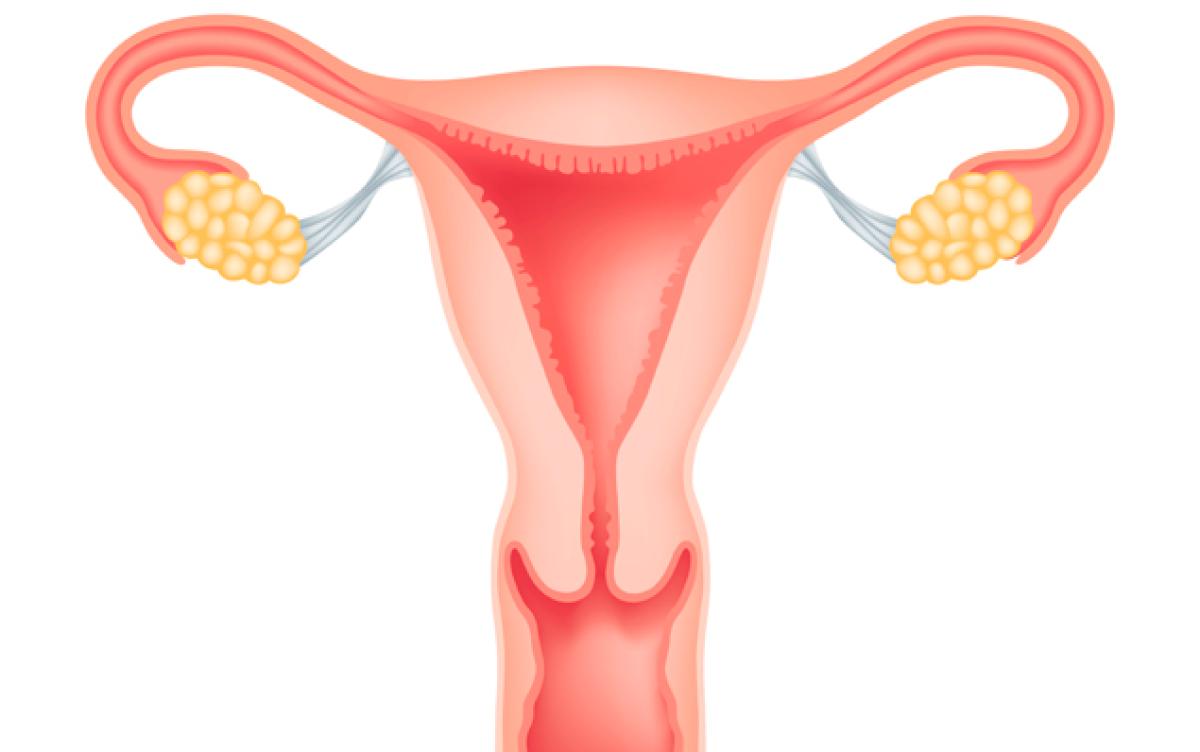The uterus is the largest organ of the female reproductive system and where the entire gestation is carried out. The implantation of fertilized egg and growth happens in the uterus. It has been well-known that a healthy uterus is required for having a normal pregnancy and for good health of the woman. So, you may have many questions about uterus, among which may include the normal size of it. Keep reading to find the answer.

What Is the Normal Size of Uterus?
The size of uterus is determined by using three dimensions:
- Length which is measured from the fundus to the external opening. Sometimes the length is also measured from the anteroposterior section. The maximum length of midsagittal section in anteroposterior direction is measured.
- The cross section of the fundus will determine the width of the uterus which should also be considered.
- The third dimension is the thickness of the uterus.
The age of the woman and the hormonal condition will determine the size of the uterus. Before attaining puberty, the size of uterus is 3.5cm x 1cm (length & anteroposterior diameter). Once the girl attains puberty, due to the hormonal changes, the uterus becomes pear shaped. The normal size of uterus at this time is 7.6cm x 4.5cm x 3cm (length, width, thickness). The volume keeps changing depending on the menstrual cycle from 75 cc to 200 cc. Generally, the normal size of the uterus is around the size of the fist of the woman, and weighs around 100 – 200 grams.
While you should know the uterus undergoes drastic change during pregnancy so that it can fit the growing baby. At full term of pregnancy, the normal size of uterus is five times the original size and the volume is almost 500 times more than what it was before conception. Even without the baby and placenta, the uterus will be 15 times heavier. Once the baby is born, the uterus starts shrinking to get back to normal size.
Enlarged Uterus? Why?
Women of various age groups can have an enlarged uterus caused by various factors which could be physiological, malignancy or gynecological. Pregnancy is a normal and common physiological cause where the normal size of uterus increases. Uterine cancer and metastases are malignant causes of enlarged uterus and gynecological causes are uterine fibroids and adenomyosis.
1. Fibroids
Amongst the most common types of pelvic tumors, uterine fibroids affect around 70% of women after 45 years of age. A uterine fibroid is also called as leiomyoma and forms due to smooth muscle cell proliferation. They are benign, located in any part of uterus and can cause irregular periods, pain, infertility and excessive bleeding.
2. Adenomyosis
When the endometrial tissue implants in to the uterine wall, it is referred to adenomyosis, which causes inflamed and uniformly enlarged uterus. This condition is seen in around 20% women and causes irregular periods and painful sex.
3. Uterine Cancer
Another common condition where the uterus is enlarged is uterine cancer. It can be carcinoma or sarcoma, which causes pain in the pelvis, and bleeding after menopause. It affects around 10% of menopausal women.
Shrinking Uterus? Why?
Another condition where the normal size of uterus is changed is shrinking uterus, which can be caused due to the following problems:
1. Thickening of the Uterus Lining
The growth in the muscle wall decreases the size of the lumen, resulting in decreased volume of the uterus. In this condition, the uterus can become significantly smaller and the size is adversely affected.
2. Age and Hormone
The normal size of uterus is affected by the age of the woman. Due to menopause, there is decrease in the level of hormones which cause the uterus to shrink.
3. Other Causes
If there is dropped or prolapsed uterus, the size of uterus also decreases, with a lot of variance in the severity of the symptoms. In mild cases, there might be no symptoms, while in severe condition, there will be many symptoms. These include feeling heaviness or fullness in the pelvis, leaking of urine, inability to empty the bladder completely, tissue coming out of the vagina, feeling constipated and back pain, etc.
